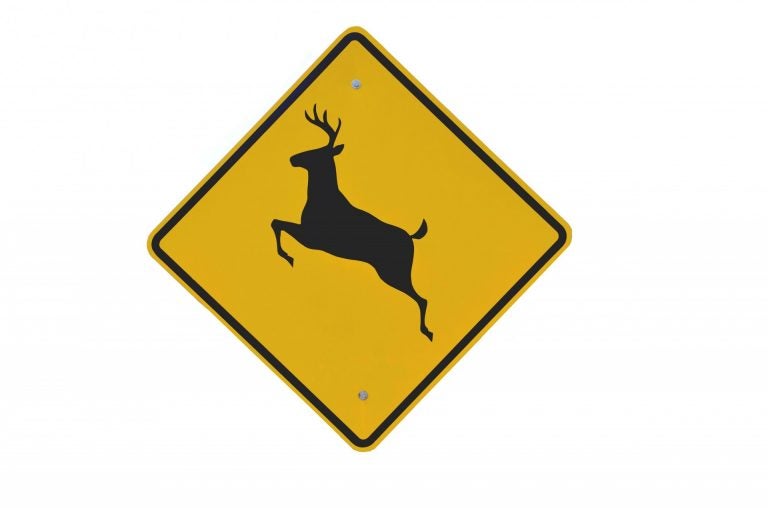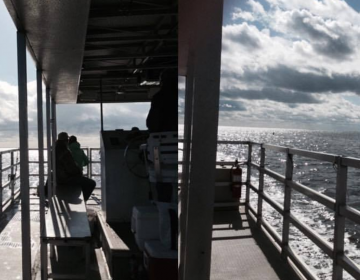N.J. officials warn drivers to be vigilant as rutting season nears peak
With the autumn white-tailed deer breeding season upon us, New Jersey officials are urging motorists to exercise caution on the state’s roadways.

Public domain image.
With the autumn white-tailed deer breeding season upon us, New Jersey officials are urging motorists to exercise caution on the state’s roadways.
Shorter days and cooler weather trigger the fall rutting season, dispersing deer as they search for mates, according to a state news release.
“Deer are involved in thousands of collisions with motor vehicles in New Jersey each year, with highest number occurring during the fall mating season,” Division of Fish and Wildlife Director Larry Herrighty said. “We strongly urge all motorists to be especially alert to the possibility of deer suddenly darting onto roadways and to be aware of some steps they can take to reduce the risk of serious injury to themselves or their passengers.”
The peak mating season for deer in New Jersey runs from late October, throughout November, and into mid-December in all regions of the state, beginning earliest in northern regions, the release states.
Deer activity is particularly amplified during dusk and dawn, corresponding with the daily work commute, according to the release.
AAA says there were 4,463 deer crashes in New Jersey during the 2016 season — or two deer crashes per hour. During that period, Monmouth recorded the highest of all counties with 568 crashes. 77% of the state’s crashes occurred during the evening rush hour.
Motorists are encouraged to alert the state’s Department of Transportation to any roadside dead deer by utilizing this website.
The following tips from the Department of Environmental Protection are offered to help motorists stay safe:
- If you spot a deer, slow down and pay attention to possible sudden movement. If the deer doesn’t move, don’t go around it. Wait for the deer to pass and the road is clear.
- Pay attention to “Deer Crossing” signs. Slow down when traveling through areas known to have a high concentration of deer so you will have ample time to stop if necessary.
- If you are traveling after dark, use high beams when there is no oncoming traffic. High beams will be reflected by the eyes of deer on or near roads.
- If you see one deer, be on guard: others may be in the area. Deer typically move in family groups at this time of year and cross roads single-file. Female deer are being chased by bucks and during breeding phase are often unaware of traffic.
- Don’t tailgate. Remember: the driver in front of you might have to stop suddenly to avoid hitting a deer.
- Always wear a seatbelt, as required by law. Drive at a safe and sensible speed, taking into account weather, available lighting, traffic, curves and other road conditions.
- If a collision appears inevitable, do not swerve to avoid impact. The deer may counter-maneuver suddenly. Brake appropriately, but stay in your lane. Collisions are more likely to become fatal when a driver swerves to avoid a deer and instead collides with oncoming traffic or a fixed structure along the road.
- Report any deer-vehicle collision to a local law enforcement agency immediately.
For more information about white-tailed deer in New Jersey, visit this NJ Fish and Wildlife resource.
WHYY is your source for fact-based, in-depth journalism and information. As a nonprofit organization, we rely on financial support from readers like you. Please give today.


